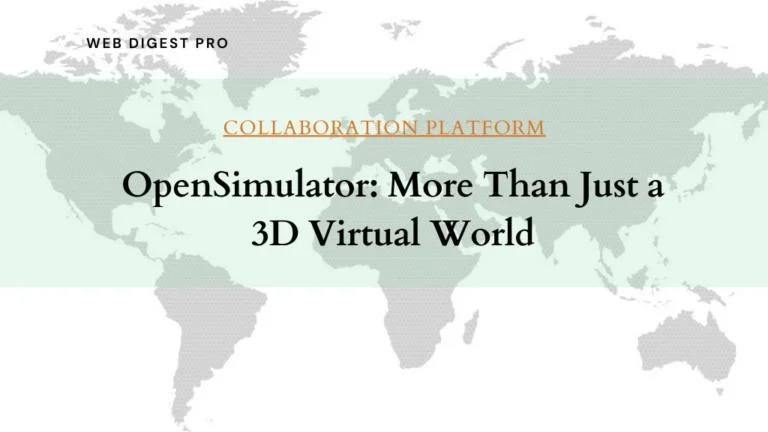The shift to remote work has made the digital environment a critical component of our professional lives. As virtual offices become increasingly common, understanding how digital tools and technologies impact productivity and well-being is essential. This article explores how to optimize your digital workspace to enhance efficiency and job satisfaction in a virtual setting.
The Evolution of Virtual Offices
Virtual offices have transformed the traditional work model by enabling employees to work from virtually anywhere with an internet connection. This flexibility relies on an array of digital tools and platforms designed to support communication, collaboration, and project management. By optimizing these digital environments, remote workers can improve their productivity and overall work experience.
Optimizing the Digital Environment
- User-Friendly Tools
Selecting intuitive and efficient tools is crucial for a successful virtual workspace. Platforms like Slack, Microsoft Teams, and Asana streamline communication and project management, making it easier for teams to collaborate effectively. Choosing tools that are easy to navigate and integrate well with other systems can save time and reduce frustration.
- Reliable Internet Connection
A fast and stable internet connection is the backbone of any virtual office. It ensures seamless communication and uninterrupted access to digital resources. Investing in a high-speed internet plan and regularly checking connection reliability can prevent disruptions that might affect productivity.
- Cybersecurity Measures
In a virtual workspace, protecting sensitive information is paramount. Implement robust cybersecurity practices, such as using strong passwords, enabling two-factor authentication, and regularly updating software. These measures help safeguard your data from potential threats and maintain the integrity of your digital operations.
- Effective Communication
Clear and consistent communication is essential in a virtual environment. Utilize tools that facilitate both synchronous and asynchronous communication, such as video conferencing for meetings and chat platforms for quick updates. Setting expectations for response times and availability can help ensure that team interactions remain smooth and productive.
- Project Management and Collaboration
Efficient project management tools are vital for tracking progress and coordinating tasks. Platforms like Trello or Monday.com offer visual project tracking and task assignment features, which can help keep team members aligned and ensure that deadlines are met. Effective use of these tools enhances overall workflow and team efficiency.
Addressing Psychological and Social Aspects
The digital environment also influences mental health and job satisfaction. Maintaining regular virtual interactions with colleagues can help combat feelings of isolation. Virtual team-building activities and regular check-ins can foster a sense of connection and community, which is crucial for remote workers’ well-being.
Best Practices for a Successful Digital Workspace
To create a productive digital workspace, start by selecting the right tools that fit your team’s needs and enhance workflow efficiency. Ensure that all team members have access to reliable internet and understand basic cybersecurity practices. Regular communication and effective project management are key to maintaining productivity and a positive work environment.
Real-World Examples and Case Studies
Successful implementation of digital tools can significantly impact a company’s performance. For example, Company A improved productivity by integrating advanced communication platforms, resulting in more effective team collaboration. Company B saw enhanced project management capabilities and better workflow efficiency after adopting a comprehensive project management tool.
Looking Ahead: Future Trends in Digital Work Environments
As technology continues to advance, new tools and practices are likely to emerge. Innovations such as artificial intelligence (AI) and machine learning could offer more sophisticated solutions for managing tasks and automating processes. Staying informed about these trends can help you adapt and make the most of the evolving digital landscape.
Conclusion
Optimizing your digital environment is essential for enhancing productivity and well-being in virtual workspaces. By selecting user-friendly tools, ensuring a reliable internet connection, and implementing strong cybersecurity measures, remote workers can create a more efficient and satisfying work experience. Embracing best practices and staying updated on future trends will help you navigate the dynamic world of remote work effectively.
Sponsored Links
Written by Dimitrios S. Sfyris, founder and developer of AspectSoft, a software company specializing in innovative solutions. Follow me on LinkedIn for more insightful articles and updates on cutting-edge technologies.
Subscribe to our newsletter!













+ There are no comments
Add yours